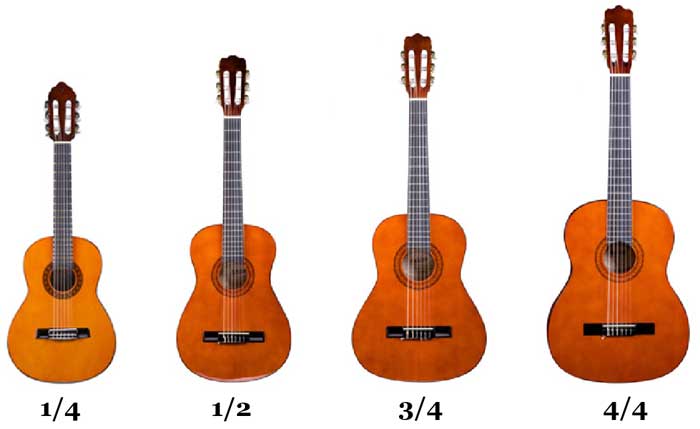Choosing the Right Instrument Size: A Guide to Finding Your Perfect Fit
Embarking on a musical journey is an exciting endeavor, but selecting the right instrument size is crucial for comfort, ease of playing, and achieving optimal sound quality. In this blog post, we will explore the key factors to consider when choosing the right instrument size, ensuring you find the perfect fit. From age considerations to physical attributes and long-term goals, this guide will provide valuable insights to help you make an informed decision.
- Consider Age and Physical Build: Selecting an instrument size that suits your age and physical build is essential for a comfortable playing experience. Whether you’re a child or an adult with a smaller frame, finding an instrument that can be comfortably held and manipulated is crucial. Instruments like violins, cellos, and guitars come in various sizes to accommodate different body types, allowing for proper posture and technique.
- Evaluate Reach and Hand Size: Hand size and arm length are crucial factors when choosing an instrument. If you have smaller hands, a full-sized guitar or piano may prove challenging to navigate. Opting for a 3/4 or 1/2-sized instrument allows for greater dexterity and control, ensuring you can reach chords or keys comfortably.
- Test Playability and Comfort: To ensure the instrument feels comfortable in your hands, it’s important to test its playability. Visit local music stores or seek guidance from knowledgeable instructors who can help you try out different sizes and models. Pay attention to factors such as weight, balance, and ergonomics, as they greatly impact your ability to enjoy and progress in your musical journey.
- Seek Expert Advice: When in doubt, consult experienced music teachers or professional musicians. Their in-depth knowledge can guide you in determining the most suitable instrument size based on your physical attributes, musical goals, and genre preferences. Expert advice ensures you make an informed decision that caters to your unique needs.
- Consider Long-Term Goals: While finding an instrument size that suits you in the present moment is important, considering your long-term goals is equally crucial. If you’re committed to mastering a specific instrument and anticipate significant growth, investing in a full-sized instrument from the start is advisable. This approach allows for a seamless transition as you progress and prevents the need for premature instrument upgrades.
Choosing the right instrument size is pivotal for a comfortable and enjoyable musical experience. By considering factors such as age, physical build, hand size, and long-term goals, you can make an informed decision that ensures optimal playability and supports your musical growth. Seeking expert advice, testing different sizes, and embracing the process will help you find the perfect fit. So, start your musical journey on the right note and discover an instrument size that feels tailor-made for you.


















































